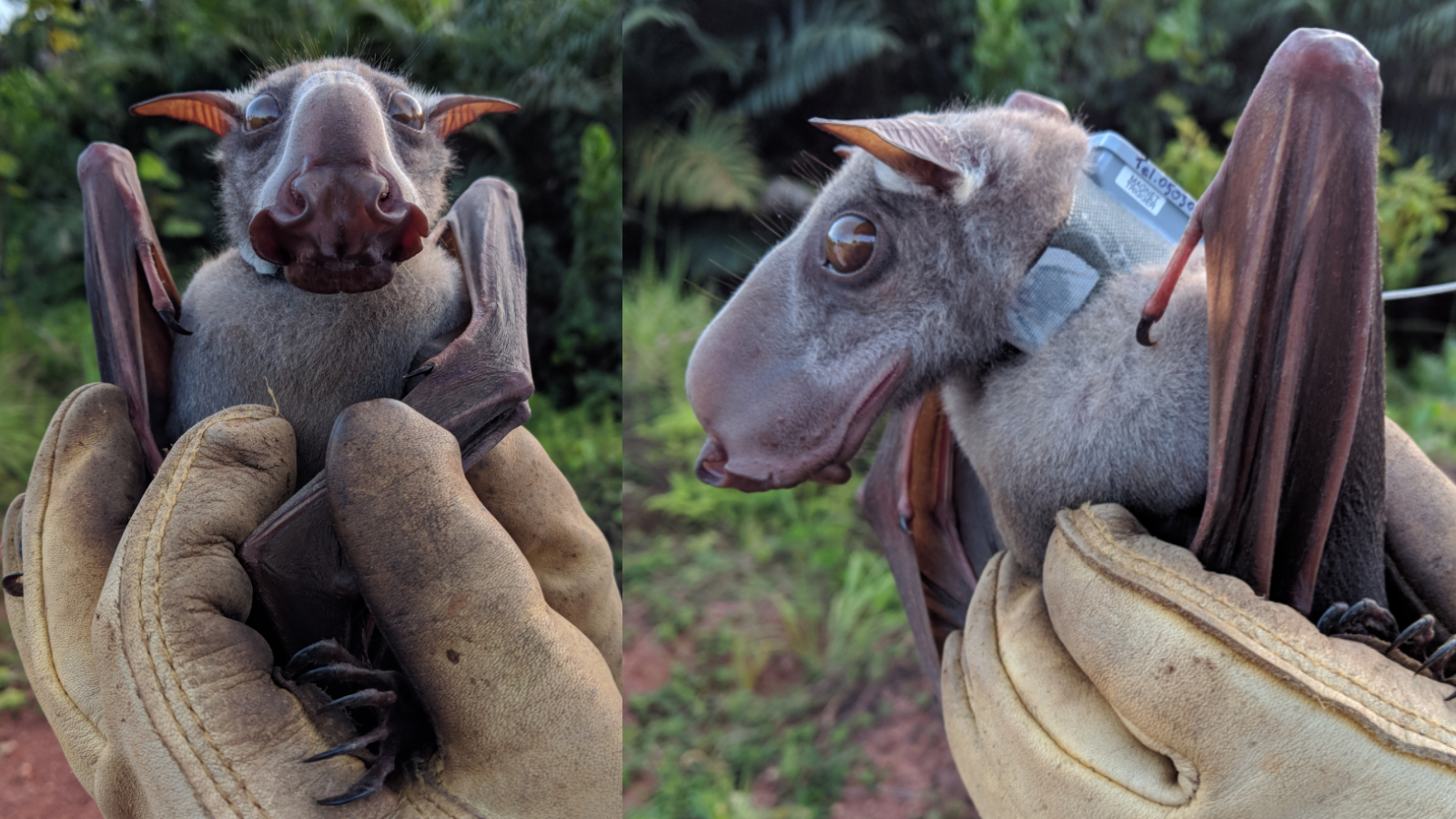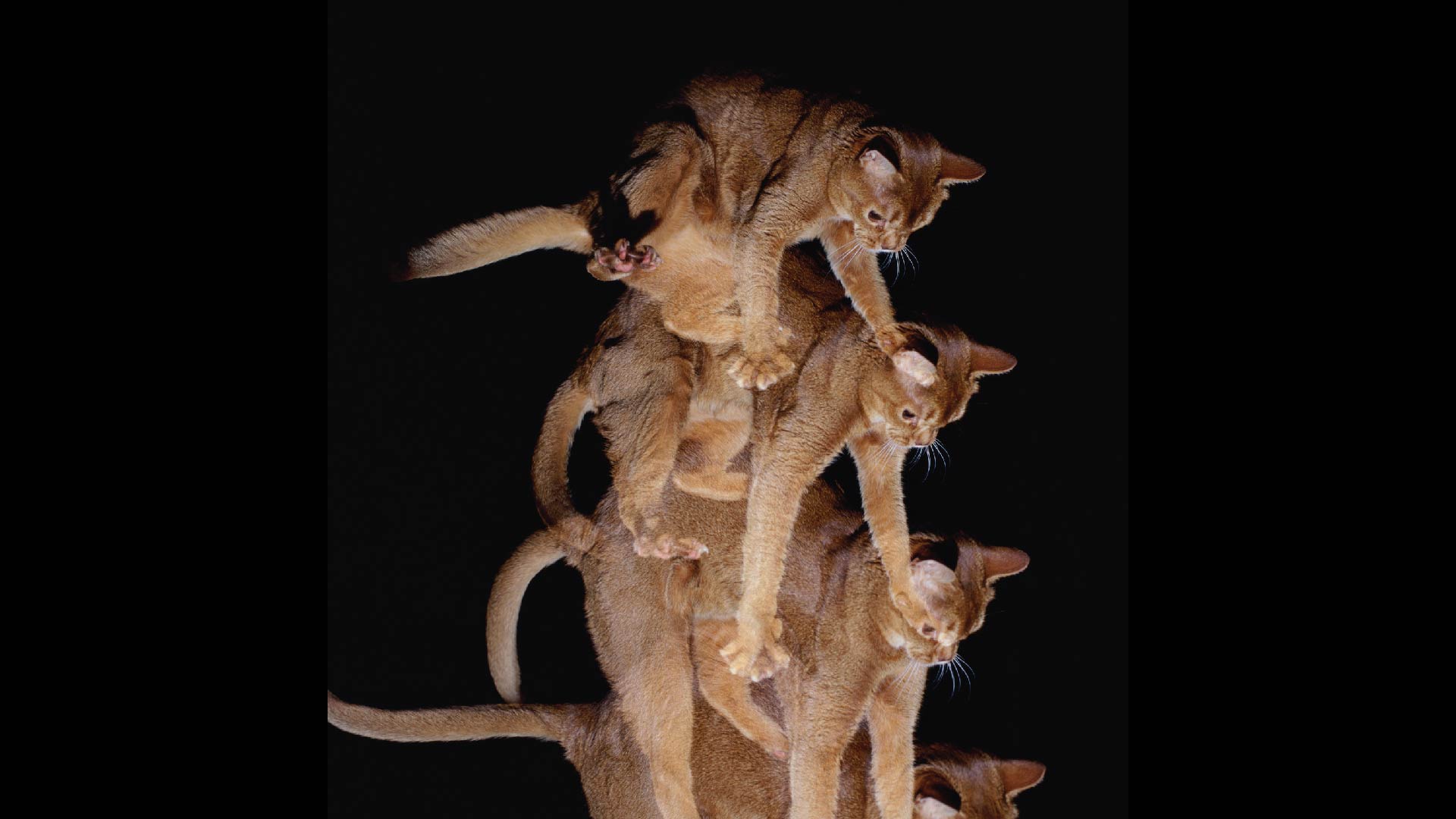Cosmetics, Vol. 10, Pages 150: Initial Study on Physiochemical Property and Antibacterial Activity against Skin-Infecting Bacteria of Silver Nanoparticles Biologically Produced Using Crude Melanin from Xylaria sp.
Cosmetics doi: 10.3390/cosmetics10060150
Authors: Linh Doan Nhu K. H. Vo Hanh T. M. Tran
Silver nanoparticles (AgNPs) produced by biological methods are safer for biomedical applications. Melanins were initially reported to facilitate AgNPs synthesis. Our research found that the stromata of some Xylaria species contained significant amounts of melanins, which had strong antioxidant and anti-ultraviolet activities without toxicity toward human skin cells. This study reported the characteristics and antibacterial activities against skin-infecting bacteria (Staphylococcus aureus and Cutibacterium acnes) of AgNPs synthesized using crude melanin extracted from stromata of Xylaria sp. AgNPs were successfully synthesized by mixing the crude melanin solution with 0.1 M AgNO3 (25:1, v/v) and incubating for 3 h at 100 °C. The SEM found that the average size of the synthesized AgNPs was 18.85 ± 3.75 nm. The melanin-mediated AgNPs displayed significantly higher antibacterial activities against the tested acne-causing bacteria compared to the positive control (Erythromycin). Specifically, the melanin-mediated AgNPs inhibited 90% of S. aureus and C. acnes at 62.5 (µg/mL) and 15.625 (µg/mL), respectively, whereas it required erythromycin up to 4000 (µg/mL) to achieve the same activities. This research illustrated the feasibility of using crude melanin of Xylaria sp. for the direct synthesis of AgNPs and the potential use of the synthesized AgNPs for treating acne-causing bacteria (with further investigation needed).

 6 months ago
16
6 months ago
16


